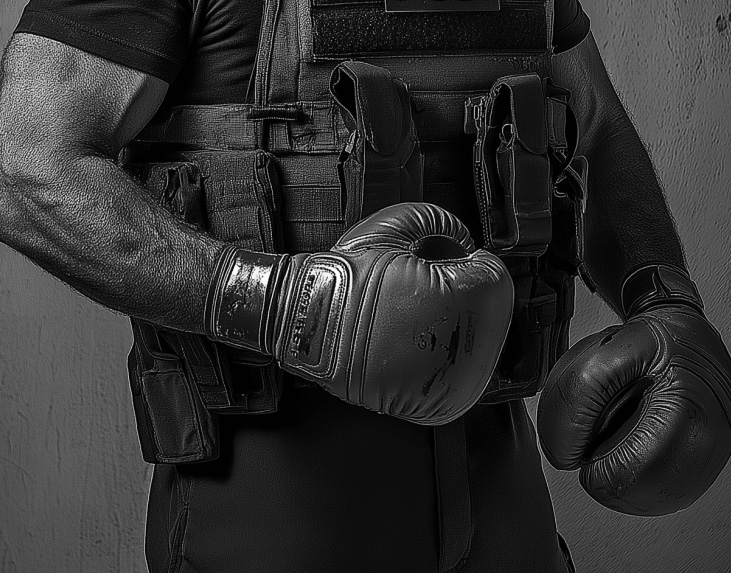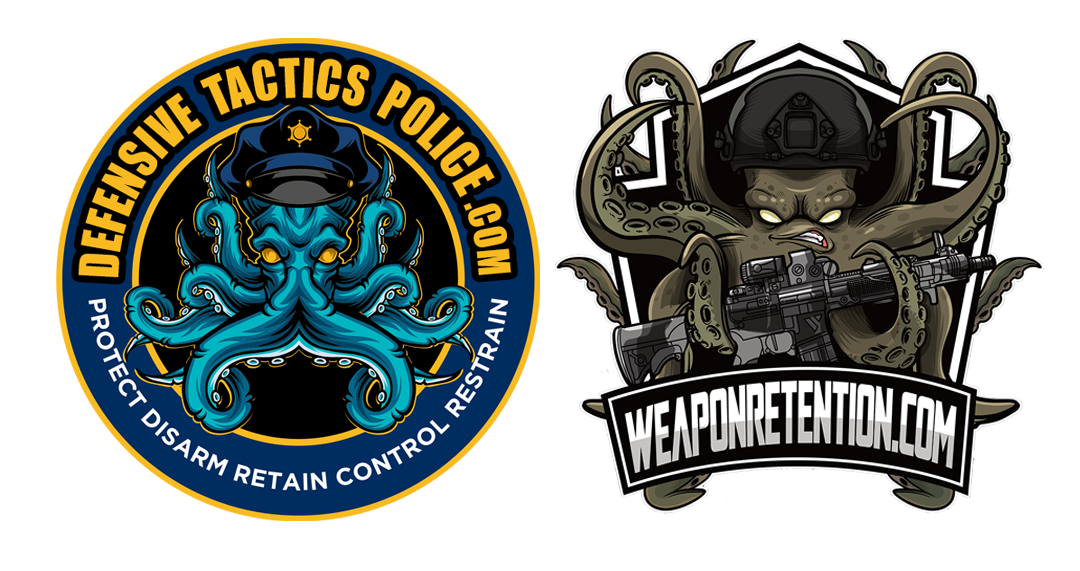This course is taught by a professional MMA and Muay Thai fighter, and the world-famous Chute Boxe Academy powers it.
When to strike, and why. When striking is better than grappling?
Managing assaults with minimal force requires a strategic approach. This class integrates Muay Thai, Boxing, and MMA techniques specifically tailored for law enforcement officers. It covers essential striking techniques, combinations, and key defenses to survive against aggressive strikers. Topics include clinch work, distance management, proper fighting stance, footwork, and strategies to avoid takedowns. While Brazilian Jiu-Jitsu remains crucial for police work, this training emphasizes preparing officers for situations where grappling is not ideal, such as confrontations involving multiple suspects or knife scenarios, ensuring safety and effectiveness in high-risk situations.
- Muay Thai, Boxing, and MMA techniques tailored for LEO
- The main striking defenses and attacks.
- Striking level of force and compliance.
- Distance management
- Main Striking techniques and defenses.
- Clinch
- Take downs and how to avoid take downs.
- Proper fighting stance, footwork, and strategies for avoiding takedowns.
- Multiple attackers drills.
- Drill. Main boxing combos for LEO.
- Drill. Main Muay Thai combos for LEO.
Required Equipment:
- BDU-style pants
- Duty belt/duty vest
- Training weapon
- Handcuffs
- Mouth guard
- MMA gloves
Investment: Regular price $5.000. (6 hours) .
First Time buyers $1.000 OFF. Investment $5000 $4.000.
**Unlimited number of participants.
***Buy another course with an extra $500 OFF on each course.
Instructor Bio: Andre Quiles brings decades of experience as a Brazilian Jiu-Jitsu World Champion and founder of the CPR (Control, Protect, and Restrain) system. His approach blends expertise in Muay Thai, Boxing, and MMA with specialized training tailored for law enforcement. Andre’s time-tested techniques have been taught to Police and Military worldwide, emphasizing practicality, adaptability, and safety.
Certification: Participants will receive a certificate upon successful completion of the course, demonstrating proficiency in vehicle extraction techniques.

